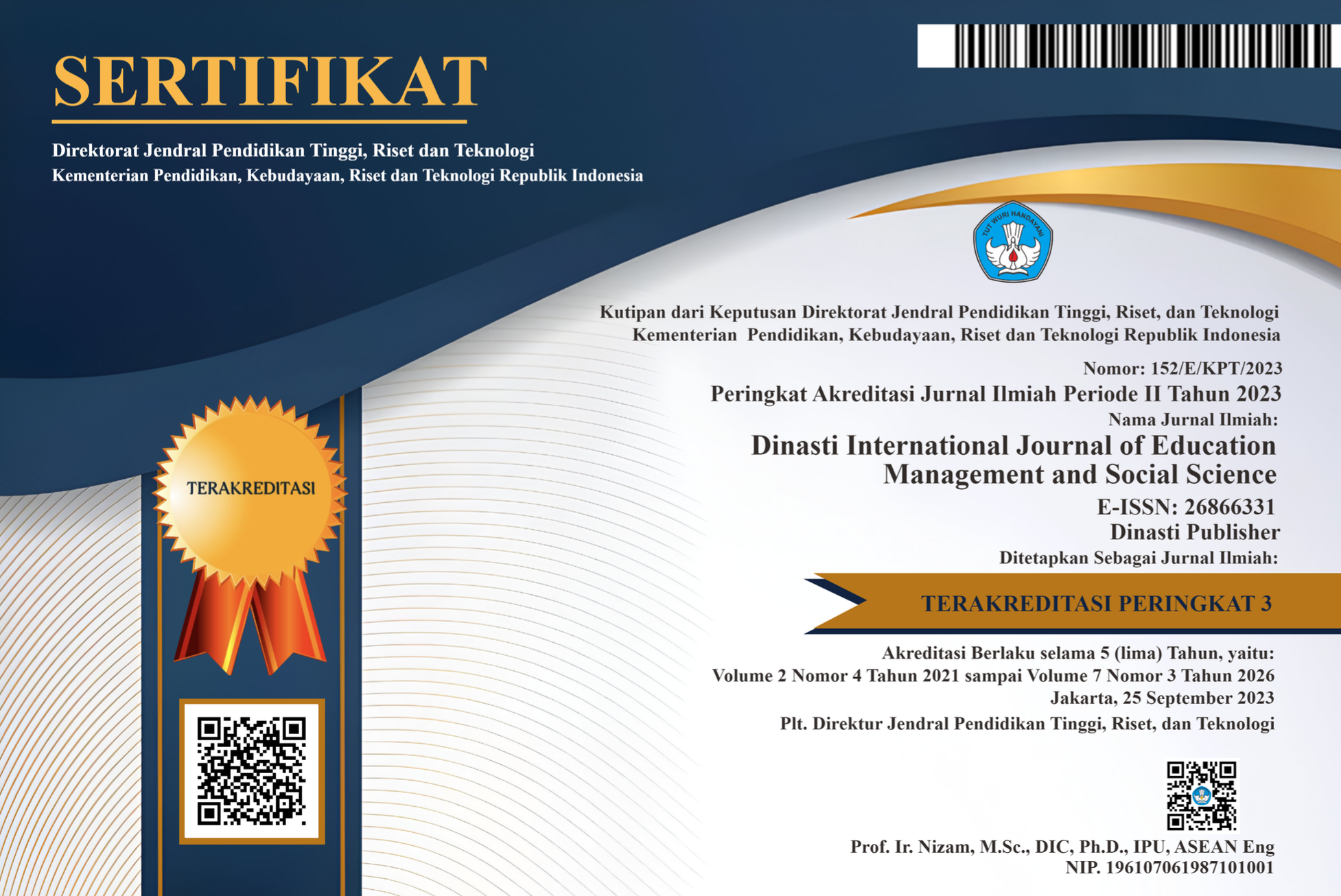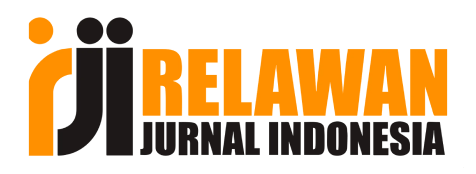Identification and Strategies For Strengthening The Planning Capacity of Prabumulih City Potential Tourism Area
DOI:
https://doi.org/10.38035/dijemss.v5i5.2733Keywords:
Planning, Strategy, Regional TourismAbstract
Inappropriate planning and not in accordance with the potential, the existing conditions will greatly affect the sustainability of a program, activity or development. This study aims to: (1) identify potential tourist areas that can be developed immediately in the short term, and (2) prepare a strategy for strengthening planning capacity oriented to "generate income". The research uses survey methods, the results of the study: there are 3 potential tourist areas in Prabumulih City including: (1) Edagi Park (EduAgroEkologi) West Gunung Ibul Village, (2) Wonosari Park and Garbage Bank Prabumulih City, Wonosari Village, (3) Pineapple Gardens, Patih Galung Village. This is because, the three tours have "champions", as the spirit of innovation, and Human Resources (HR) aware of tourism supported by a sense of belonging to the cleanliness of the surrounding environment. Furthermore, it is necessary to have (1) independent institutional management that manages potential tourist areas, supported by digital promotions, (2) completes the availability of supporting infrastructure in the form of derivative products from the Women Farmers (KWT) group according to their potential, for example: (a) Herbal Products/Jamu, vegetable chips and fish chips in West Gunung Ibul Village, (b) Herbal processed products, handcraft from plastic, pineapple processed products in Wonosari Village, (c) pineapple fiber processed products in the form of yarn, and various clothes, bags, wallets from jumputan cloth, pineapple processed products in the form of jam, sponge cake, lunkhead, chips.
References
Deliarnov. (1995). Pengantar ekonomi makro. UI Press.
Inskeep, E. (1998). Guide for local authorities on developing sustainable tourism. World Tourism Organization.
McIntyre, G. (1993). Sustainable tourism development: guide for local planners.
Murphy, P. (2013). Tourism: A community approach (RLE Tourism). Routledge.
Romadhon, A. (2022). The Role Of Directorate General Of Customs And Excise In Handling Covid-19 Pandemic As A Trade Facilitator And Industrial Assistance In Indonesia. MARGINAL?: Journal Of Management, Accounting, General Finance And International Economic Issues, 1(2), 53–58. https://doi.org/https://doi.org/10.55047/marginal.v1i2.133
Salsabila, T. A., & Santoso, R. S. (2018). Analisis Stakeholders (Aktor Kebijakan) dalam Pengembangan Obyek Wisata Candi Gedongsongo di Kabupaten Semarang. Journal Of Public Policy And Management Review, 7(2), 446–461.
Soekadijo, R. G. (2000). Anatomi pariwisata: memahami pariwisata sebagai" systemic linkage. Gramedia Pustaka Utama.
Spillane, J. J. (1987). Pariwisata Indonesia: sejarah dan prospeknya. Kanisius.
Sugianto, D. (2020). Geger Corona, Kok RI Malah Tarik Banyak Wisman? Retrieved April, 28, 2020.
Sugihamretha, I. D. G. (2020). Respon kebijakan: Mitigasi dampak wabah Covid-19 pada sektor pariwisata. Jurnal Perencanaan Pembangunan: The Indonesian Journal of Development Planning, 4(2), 191–206.
Suwantoro, G. (2019). Dasar-dasar pariwisata. Andi Offset.
Tambuh, B., Wulandari, N., & Magsi, H. (2020). Tourism Development Potentials Through Inter-Districts Cooperation (IDC) in Southeast Sulawesi, Indonesia. International Journal of Multicultural and Multireligious Understanding, 7(7), 284–296.
Wahab, S. (2003). Manajemen Kepariwisataan, Terj. Frans Gromang, Pradnya Paramita, Jakarta.
Downloads
Published
How to Cite
Issue
Section
License
Copyright (c) 2024 Novita Wulandari, Akhmad Muftizar, Bachtari Alam Hidayat, Lies Nur Intan

This work is licensed under a Creative Commons Attribution 4.0 International License.
Authors who publish their manuscripts in this journal agree to the following conditions:
- The copyright on each article belongs to the author(s).
- The author acknowledges that the Dinasti International Journal of Education Management and Social Science (DIJEMSS) has the right to be the first to publish with a Creative Commons Attribution 4.0 International license (Attribution 4.0 International (CC BY 4.0).
- Authors can submit articles separately, arrange for the non-exclusive distribution of manuscripts that have been published in this journal into other versions (e.g., sent to the author's institutional repository, publication into books, etc.), by acknowledging that the manuscript has been published for the first time in the Dinasti International Journal of Education Management and Social Science (DIJEMSS).















































